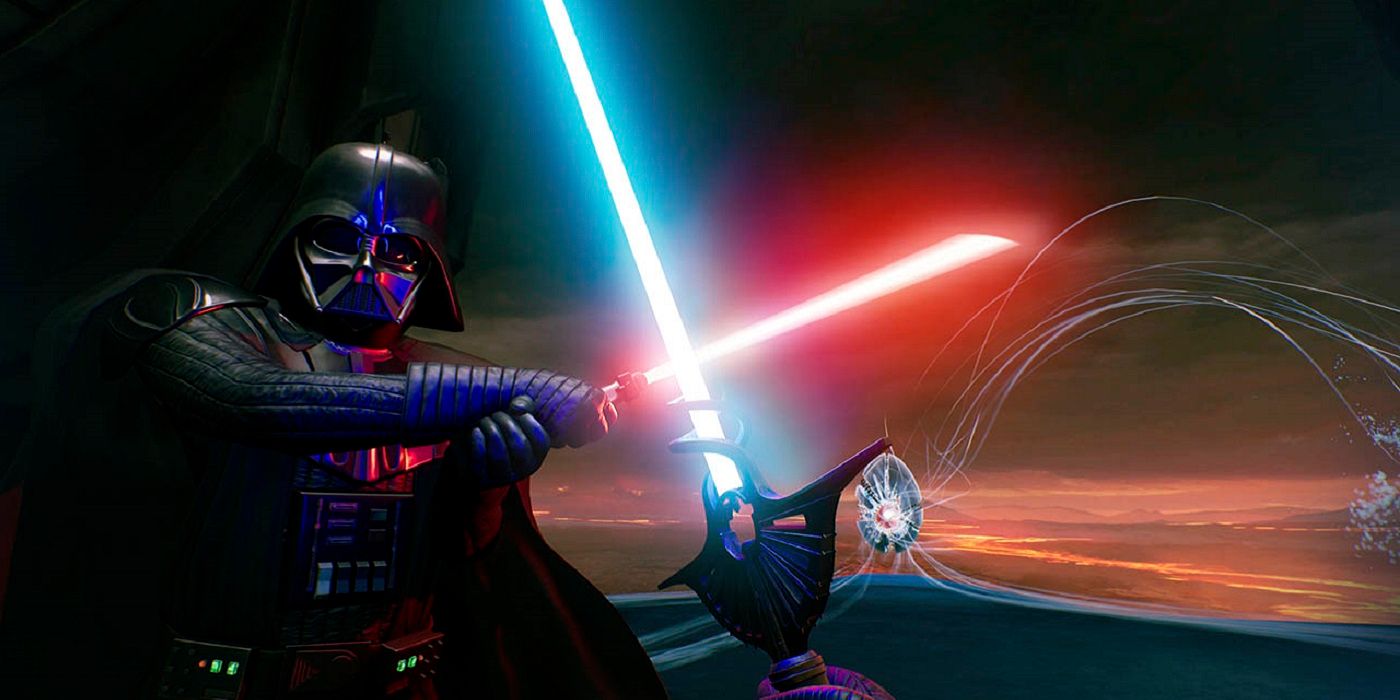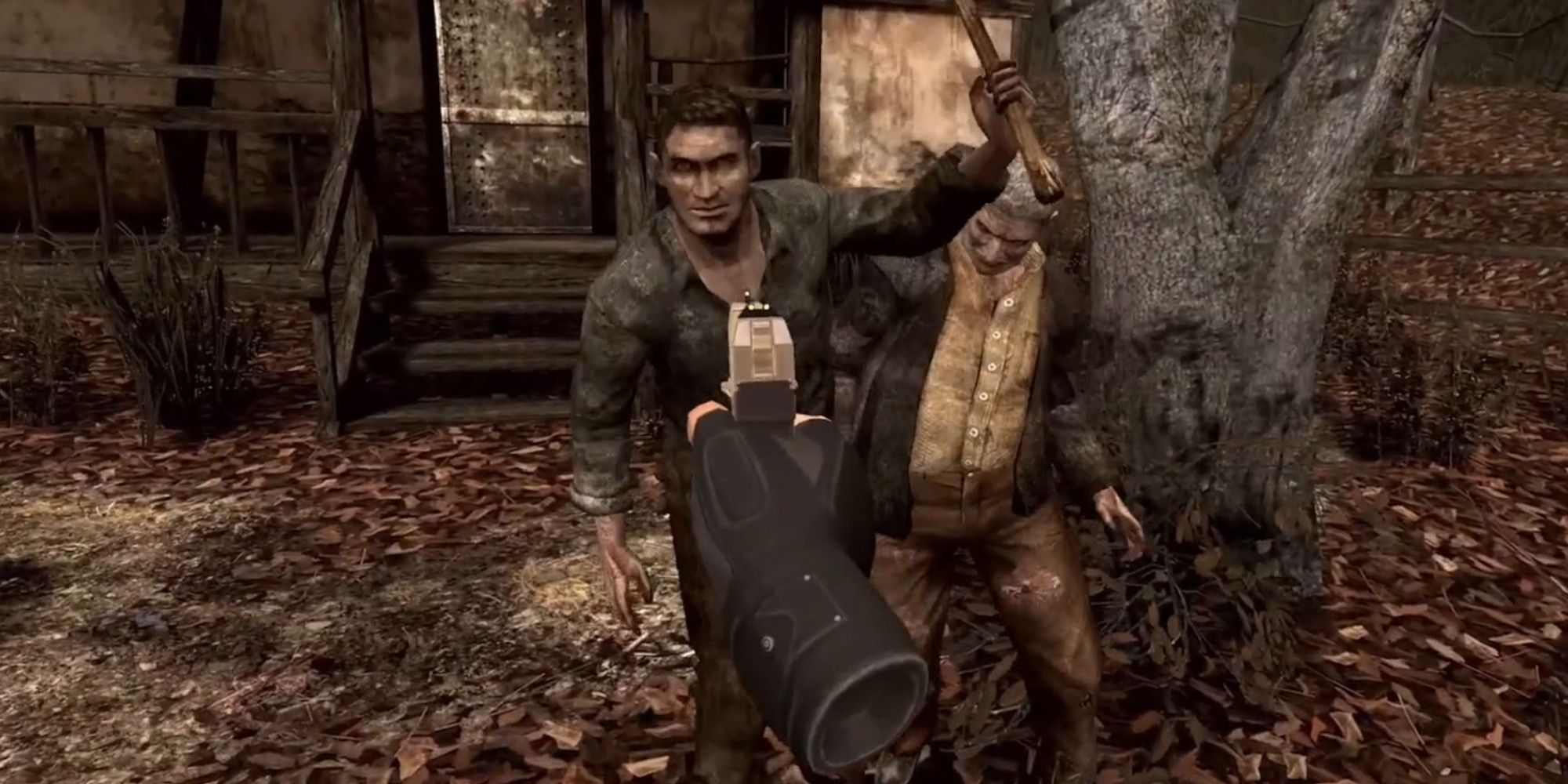The PS VR2 is £529.99, the Valve Index is a whopping £919, and the Meta Quest Pro is selling for an eye-watering £1,292—and that’s on sale. More people are getting interested in VR due to better games like Half-Life: Alyx and Horizon Call of the Mountain, and the advances in the tech, but the price is hard to justify. As the costs rise to extortionate levels, the medium has sectioned itself into two major camps - Meta and PlayStation. Whatever game breaks the exclusivity barrier trickles onto Steam, but even then, you have a steep price hurdle to get over. Simply put, VR is an expensive hobby, and even if you fork out, you won’t be able to experience everything it has to offer.
VR shouldn’t be treated like consoles. We’re not debating whether to get a PS5 or Xbox Series X, we’re arguing over whether to get a Razer mouse or the ‘ol reliable Logitech. Imagine if you went for the cheaper option, Logitech, only to find that now you can’t play Call of Duty—it’s only compatible with Razer and ROCCAT, both of which set you back £100, compared to the £10 serviceable work mouse. It sounds absurd, but given that VR is a peripheral used to play something that is hosted on a console or PC, that’s exactly what we’re looking at.
Cutting such a small market into even smaller pieces only makes it more difficult to get into, because not only do you have to debate costs, but libraries that may or may not be worth their price tags. Vader Immortal—a Star Wars game from one of the biggest franchises in the world—is a Meta and PlayStation exclusive. So is Resident Evil 4, which is from the series that birthed survival horror. If you’re using a Vive or one of those £919 Index headsets, you can’t play either. And then there’s Alyx, which isn’t available on PlayStation, while Horizon is only available on PlayStation. Lines are being drawn in the sand, but the sand isn’t part of a vast desert, it’s a patch in our little toybox in the back garden.
VR is still in its infancy, and not every major triple-A developer has decided to dip its toes into the pool to make a game, so it’s a world primarily populated by indies. Indies are already seen as ‘lesser’ by most gamers, so much so that they can’t use triple-A price tags, even for titles like Hades, which won the BAFTA’s awards for the best game and artistic achievement, even contending with the likes of Doom Eternal and The Last of Us Part 2 for Game of the Year. Now, try to get those same gamers to fork out £500 to play mostly indies, on top of their £500 consoles or £1,000 PC rigs—it’s a tough sell.
The solution is a complicated mess. Clearly, VR manufacturers don’t want to treat headsets like any other peripheral. They aren’t regarded in the same way as microphones, mice, or keyboards—they’re platforms in their own right, but the fact that they require other platforms means, in reality, they are peripherals. So, companies want their headset to be the hot one flicking their hair as they walk in slow-mo past all the boys. That means they pump money into exclusives like consoles do because it’s proven to work—PlayStation has God of War, Ratchet & Clank, Spider-Man, The Last of Us, Uncharted, and so many more, all of which you lose out on if you decide to get an Xbox. That strategy sells units, but more importantly, it builds a dedicated audience that will bat for you and remain loyal. VR manufacturers are hoping for the same, but in doing so, they’re hindering VR’s potential.
Given how unlikely it is that we’ll see the exclusive barriers break down, even if that’s what would ultimately make VR more worthwhile, the next best thing is lowering the price. £919 for one of the best VR headsets is absurd, especially given that so few games out there rival the best of console and PC gaming. VR simply doesn’t have the library right now to justify such high costs, especially not when that library is scattered across so many different brands. Lowering the entry price would no doubt help VR grow, especially given that we’re talking about tech juggernauts like Sony, Valve, and Meta. Shortening profit margins won’t kill these giants, it’ll only help to put VR headsets on more heads.
Whatever the case, it’s not a medium I can recommend to anyone right now. It’s expensive and the headset itself will likely end up in your closet after you’ve exhausted the five, maybe six games on offer. It’s being stifled, leaving little room to grow, and year after year, the same problems only continue to expand and make the situation worse. VR is an emerging medium that is already boxing itself in, and so much of its potential could be unleashed if only manufacturers were more willing to take unconventional risks, and stop treating it like another console in the never-ending bid to win over consumers.



